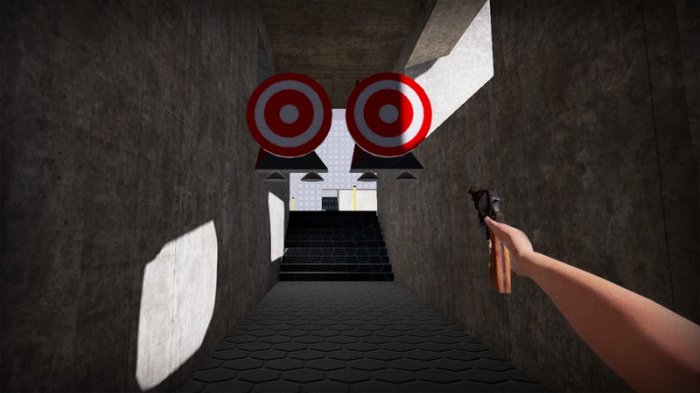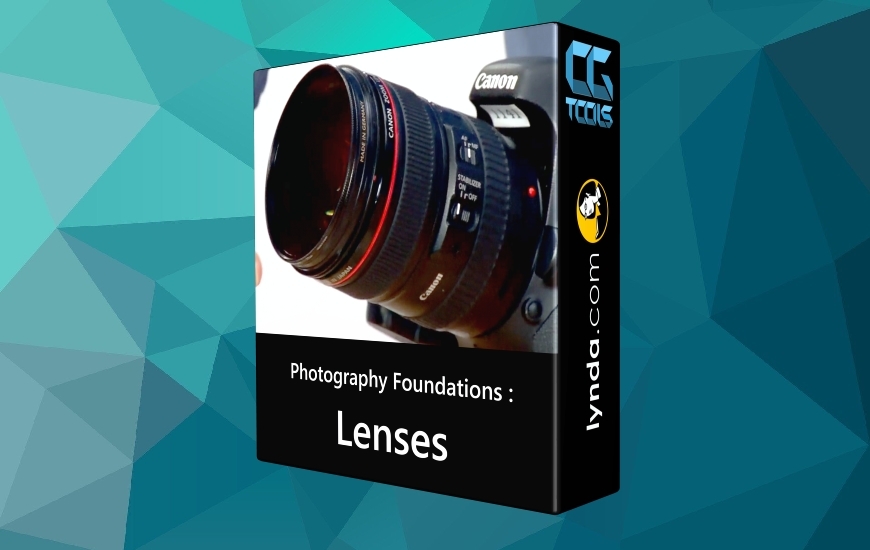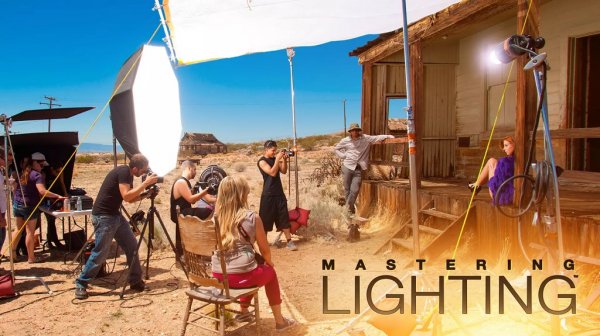![آموزش مبانی عکاسی : ترکیب بندی]()
انتقال پیام توسط عکس شما نیاز به توجه در مرتب کردن عناصر یک عکس و ایجاد ارتباط آنها با پس زمینهی موضوع در هنگام گرفتن عکس دارد. عموماً یک عکس خوب نتیجهی توجه به بعضی قواعد اساسی ترکیببندی در کنار نورپردازی و انتخاب یک سوژهی جالب میباشد. در حالی که تقریبا قواعد ثابتی برای عکاسی وجود ندارد. نتیجهی کار سه عکاس که از یک موضوع واحد ولی با سه ترکیببندی متفاوت عکس گرفتهاند میتواند سه عکس جذاب باشد.
در دوره آموزشی Foundations of Photography شما با تکنیک های عکاسی و ترکیب بندی صحیح عناصر در یک عکس آشنا می شوید .ما در این آموزش همچنین در مورد ، نور ، رنگها اهمیت اجزا ، و اینکه چگونه میتوان به وسیله ی تکنیک های مختلف Post-Production کومپوزیت خود را قوی کنیم ، بحث خواهیم کرد.در طول این آموزش همچنین کارهای مختلفی را برای شما آنالیز خواهیم کرد.
عناوین آموزشی:
- بهتر دیدن و یافتن نماهای زیبا
- شناخت زمان مناسب برای استفاده از سیاه و سفید
- تجزیه و تحلیل خط
- مرتب نمودن عناصر بین خطوط و اشکال
- کار با دورنما و تقارن
- تغییر فاصله کانونی، موقعیت دوربین و عمق
- تقسیم فریم مستطیلی
- استفاده درست از گوشه ها
- ترکیب بندی در عکاسی از مردم
- ترکیب بندی در عکاسی از منظره
- کار با نور: جهت، بافت، و فضای منفی
- چگونگی شات بندی
- هدایت چشم بیننده
- کنترل عمق
- و ...
مشاهده توضیحاتــ انگلیسی
Composition can make an interesting subject bland or make an ordinary subject appear beautiful. In this course, photographer and author Ben Long explores the concepts of composition, from basics such as the rule of thirds to more advanced topics such as the way the eye travels through a photo.
The course addresses how the camera differs from the eye and introduces composition fundamentals, such as balance and point of view. Ben also examines the importance of geometry, light, and color in composition, and looks at how composition can be improved with a variety of post-production techniques. Interspersed throughout the course are workshop sessions that capture the creative energy of a group of photography students; shooting assignments and exercises; and analyses of the work of photographers Paul Taggart and Connie Imboden.
Topics include:
Looking versus seeing
Understanding when and why to use black and white
Analyzing lines
Arranging the elements into lines and shapes
Working with perspective and symmetry
Changing focal length, camera position, and depth
Dividing rectangular frames into thirds
Weighting the corners in square pictures
Composing photographs of people
Composing landscape photos
Working with light: direction, texture, and negative space
How to shoot color
Guiding the viewer's eye
Controlling depth
Improving composition in post-production





























